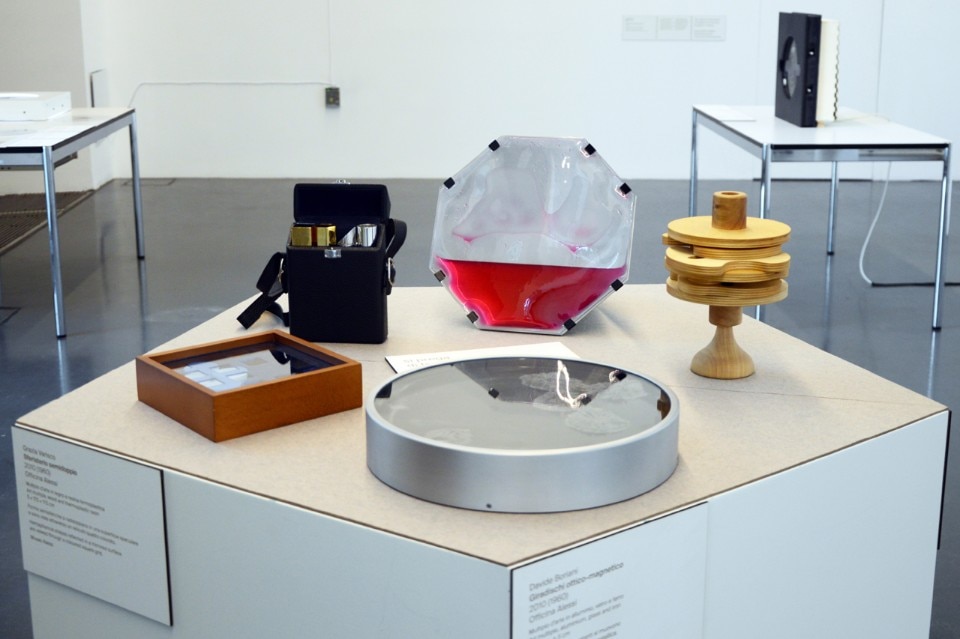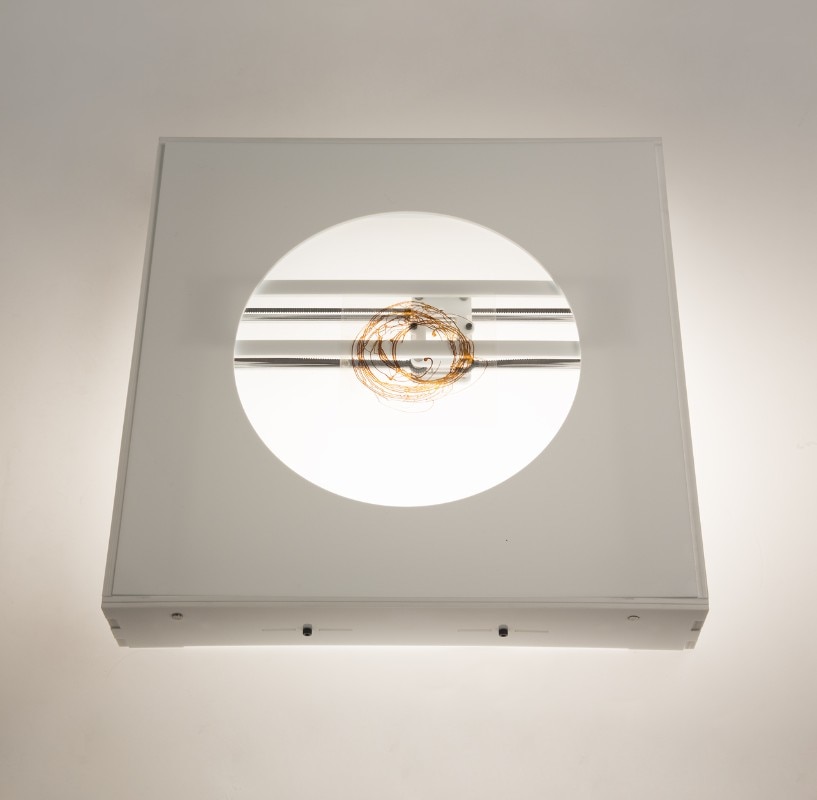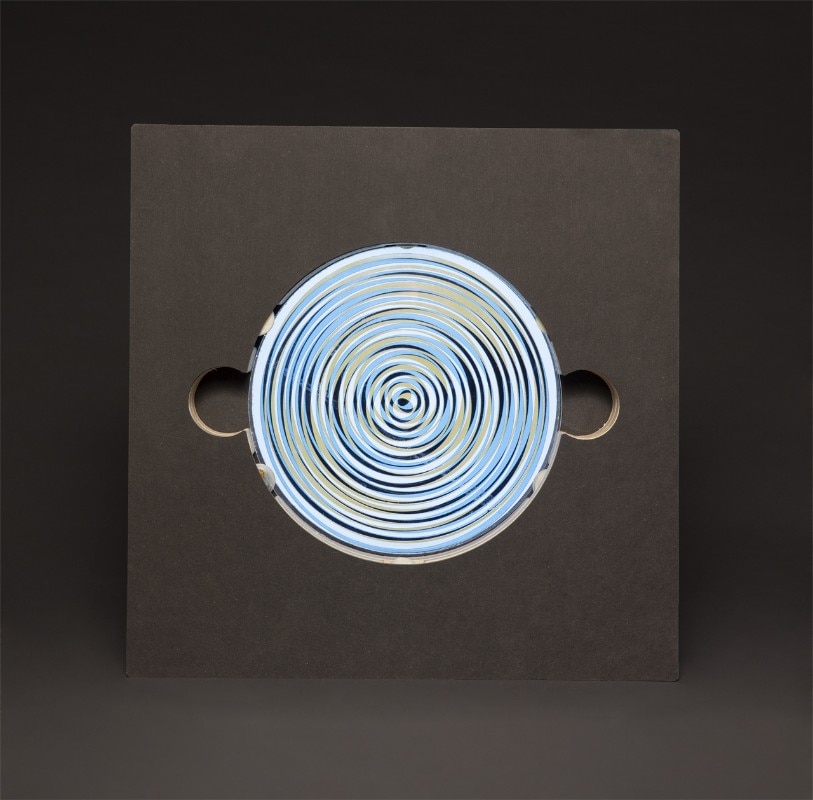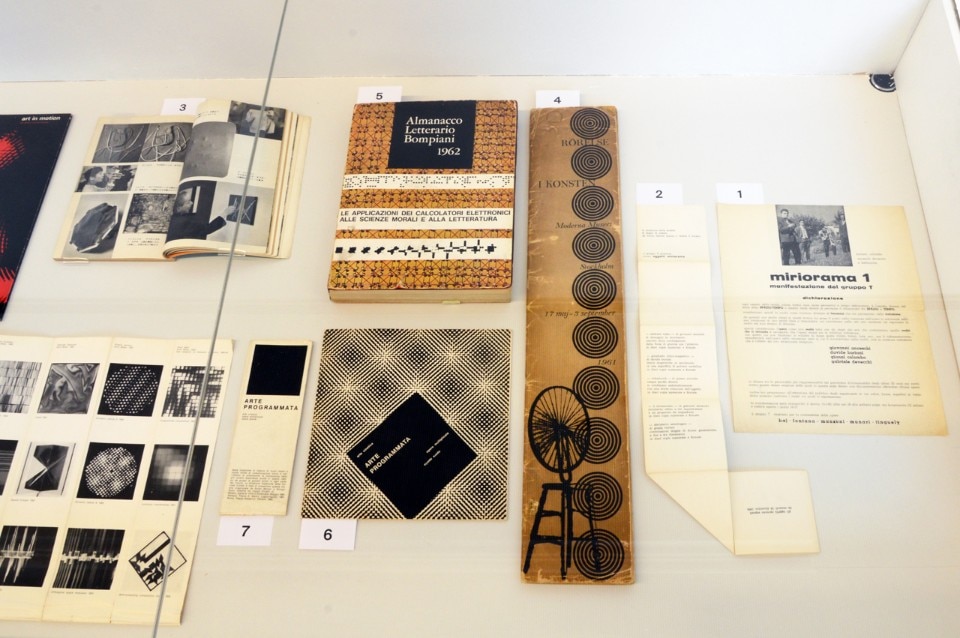
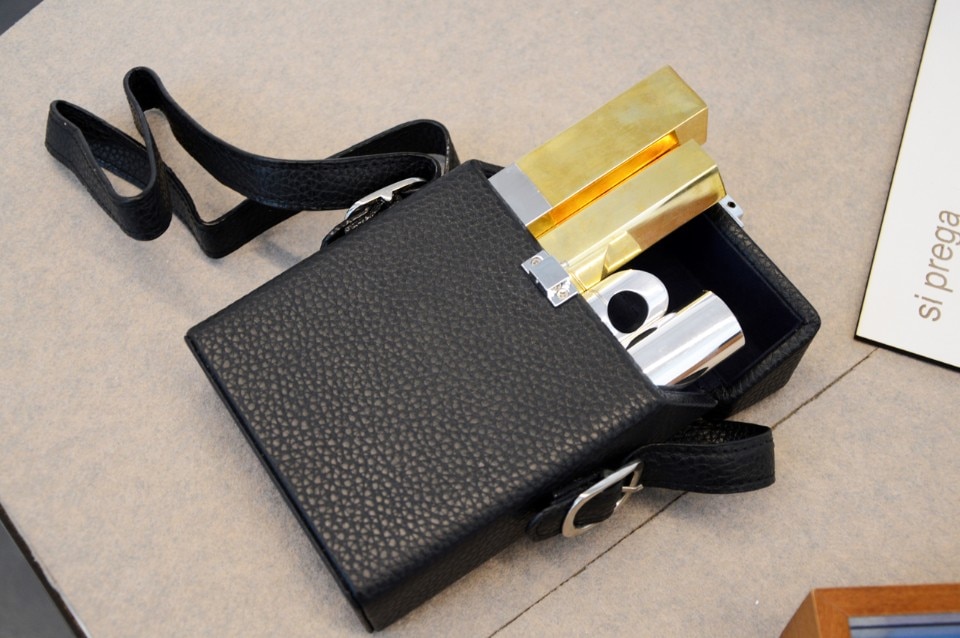
Key words that soon passed under the steamroller of American Pop, centred on the action of the media rather than interaction with it.
Today though, media is interactive. It can no longer function without moving back and forth with the public, the protagonist and often the director. McLuhan predicted something like the web, or rather a world of communication in which action would be marked by a reciprocal motion of transceivance. Now that we are always on, we can no longer imagine being simply overwhelmed by a Marilyn that we cannot change.
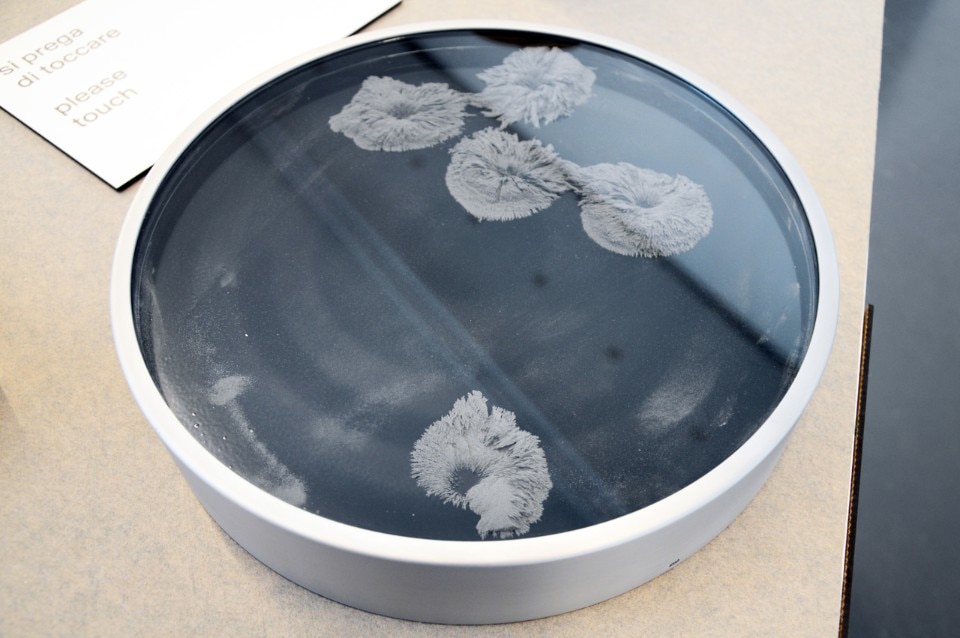
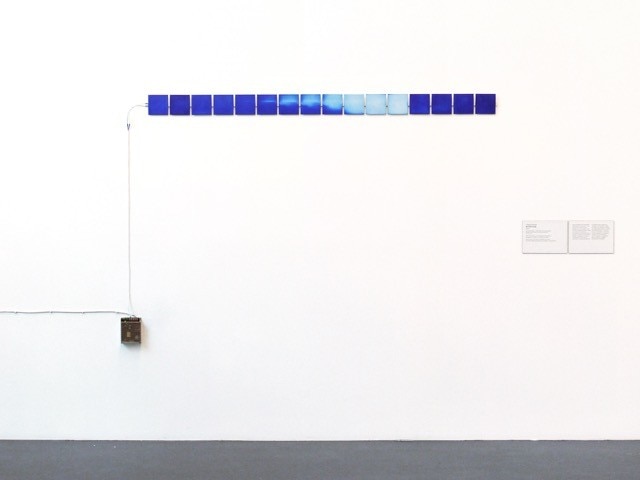
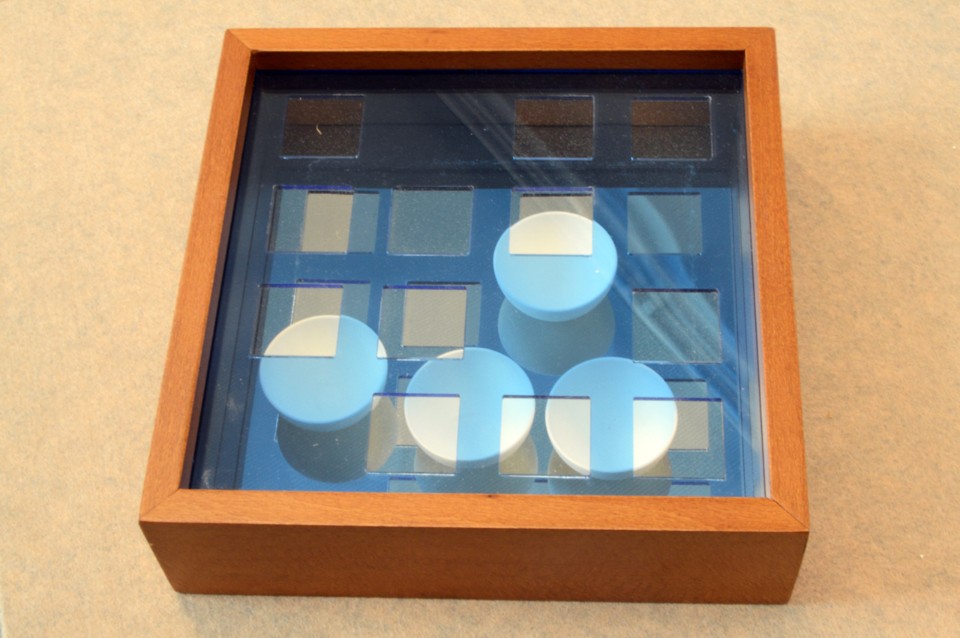
The point is not, therefore, to bring back and highlight works created in the past, that have in any case enjoyed renewed visibility in exhibitions like “Arte Moltiplicata” at the Prada Foundation in Venice. There is no need to give a fetish-like character to something that was produced in the 1950s and 1960s. Instead we see a need to give them a historic interpretation that updates them and brings them to light in the way they deserve, not through re-enactments or commercial quotations but by putting them together with things that depend on them: current activity that is based on the same rallying cries as those of the past: space-time, becoming, relating, variation, participation.
The work becomes again, as Eco wrote in his time, “a field of possibility” as indeed was already clear in a thread that connects the presence of time, chance, participation of the spectator in Marcel Duchamp’s Large Glass, Alexander Calder’s Mobiles, in the works that interconnect light and movement by Lazlo Moholy-Nagy and Naum Gabo, in the perceptive provocations of Bruno Munari and Victor Vasarely. We could also add all that which, already in 1955, formed the basis of the small but glorious exhibition Le Mouvement curated by Pontus Hulten at the Denise Rene gallery in Paris. What is more, how much theatre, from Peter Brook to the Fura dels Baus, how much music, from Cage to all of Fluxus, how much performance technological and otherwise, with Nam June Paik at the forefront, has taken and developed these premises?
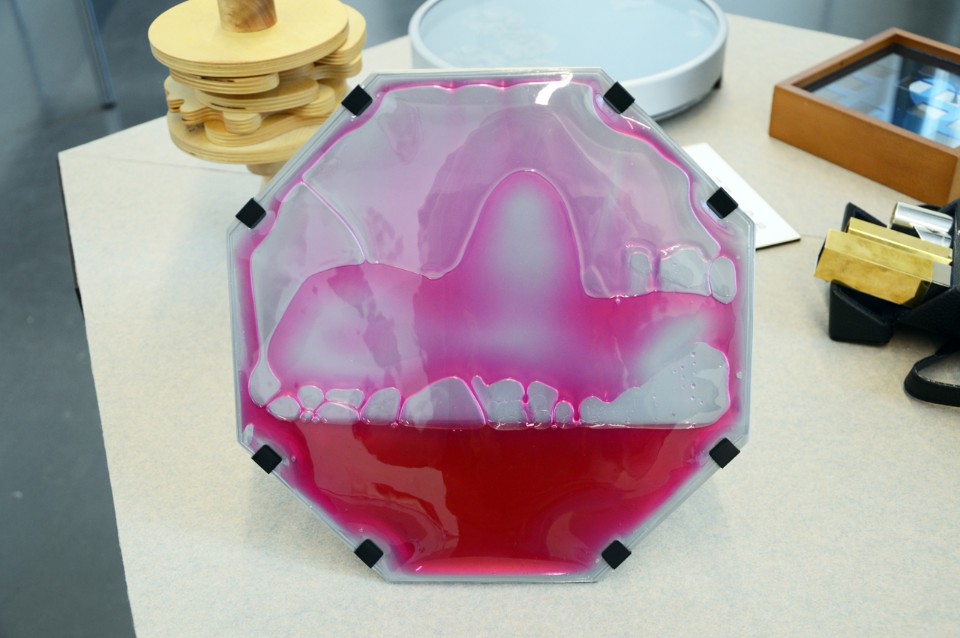
One might think that it will still be difficult to resist the myth of the artist-hero, whose romantic substrate is supported by precise market demands but we should know by now: there are two roads along which art and contemporary culture venture, one is distinguished by an economy of sponsors and non-profit-making support, the other made for a market that to make money needs concepts like the expression of a subject, uniqueness or rarity of work, the object as a fetish.
The two roads can coexist. This is why a manifesto for a new programmed art makes sense, in which the term has taken on a significance linked to the potential of crossing computers and telephones; a declaration of intent that sees its main principle to be participation that seeks, indicates, wants a democracy of the mark and a direction imbued with the social. Just like you could imagine it today.
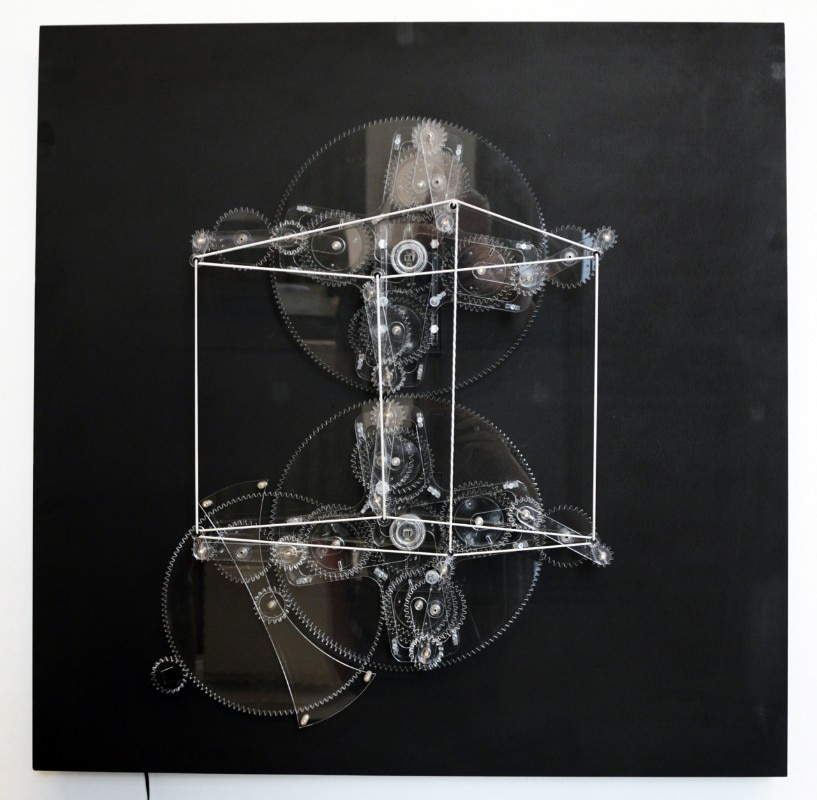
until June 14th 2015
Re-programmed art: an open manifesto
curated by Serena Cangiani, Davide Fornari, Azalea Seratoni
within the exhibition Short Cuts, curated by Daniel Sciboz and Felicity Lunn
Centre Pasqu’Art di Biel-Bienne


